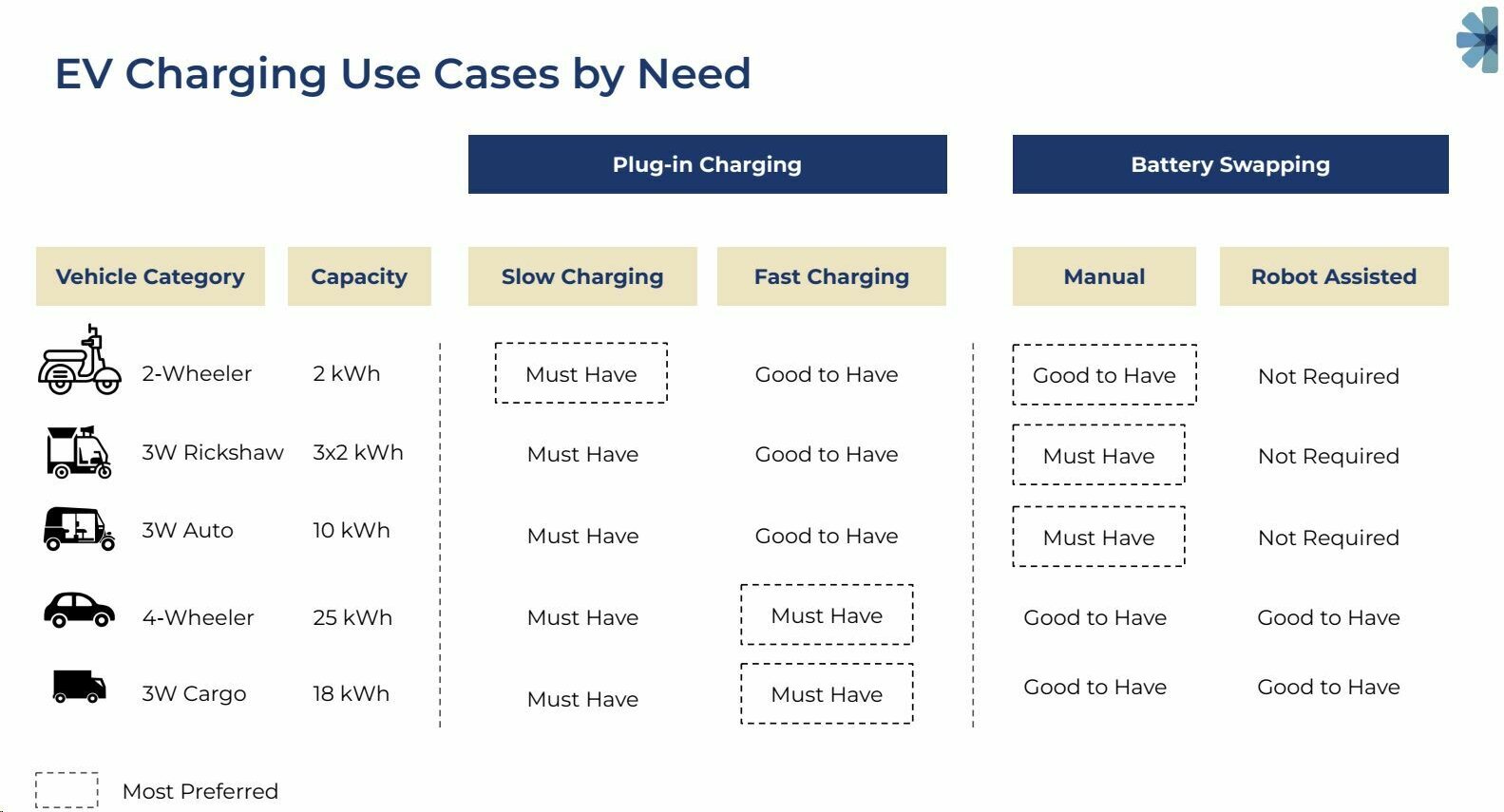Charging Towards A Solution: Why EVs Need Both Slow And Fast Charging Infra
- Published
- Reading Time
- 3 minutes
- Contents
Any discussion about EVs is incomplete without discussing how we power the vehicle. Do we swap batteries or use a charging station? The obvious but unhelpful answer is whatever gets you to from point A to point B at an optimal speed and cost. A more helpful answer emerges when you consider aspects such as the owner’s profile, needs, and so on.
Open for business
Logistics players such as Yulu, Ecom Express and Porter are focused on reducing cost per delivery to scale faster. In the last 3-4 years, most of them hit a plateau and were unable to further reduce costs for their fleet owners. For them, adoption of EVs meant they could finally get out of this stagnancy. While it may look noble for a company to say it cares about sustainability, the harsh truth is that their theoretical ability to reduce cost per delivery trumps over any such lofty intentions.
Reliable e-scooters from Hero Electric and three-wheelers from Euler Motors are expected to bring some relief to logistics companies. Several industry players have reported that cost per km came down by 20-30% even though the manufacturers are only able to produce small quantities and the financing ecosystem is still fairly nascent. When the market becomes more mature, this can translate to cost savings of up to 40%. This brings us to another issue: lack of fast charging (or swapping) infrastructure.
Besides cost, another factor for fleet owners or drivers is the duty cycle. As compared to a personal use vehicle which typically does shorter ranges and has long stretch of stationary time on a daily basis, a commercial vehicle delivers best returns if it runs long kilometers before taking rest. Hence, for a commercial vehicle running on charging infrastructure, it would mean a couple of hours of downtime and consequently, loss of revenue. For example, let’s take an e-rickshaw owner in Patna. He would leave in the morning with fully charged batteries but somewhere in the afternoon the batteries may give up, just before the evening rush begins. If he has the choice to access and install fully charged batteries in a couple of minutes and run for another 4-5 hours, he will be able to retain the revenue earned during peak hours. This is the value of battery swapping.
For home use
While most non-commercial users of EVs in India are happy to charge their vehicle at home, office (or even kitchens), the challenge for them is range anxiety. There is a segment of people, typically high end users, who prefer swapping because they prefer not to wait, despite having access to a variety of charging options. Companies creating a swap network are likely to target such use cases amongst personal EV owners.
Another upside to subscribing to a swap network is reduced cost of upfront investment in an EV. A battery is about 40-50% of the cost of a vehicle. If one buys a vehicle without the battery, it becomes far more affordable. The batteries can either be taken from a swap or a lease operator on a pay-per-use basis. This may increase the TCO, but a personal user is more sensitive to upfront cash outgo and, hence, this is likely to emerge as a preferred option for many once swapping networks become commonplace.
Why we need both options
Charging networks are slowly coming online and downstream businesses like ElectricPe, which are helping discovery and transactions are helping adoption. While charging (both slow and fast) will be the base load of energy supply, there are important and large use-cases which will be solved by the swapping operators like Battery Smart. In fact, once the market develops it will be common for consumers and fleets to use public swapping and charging networks at different points of time in a single day.




